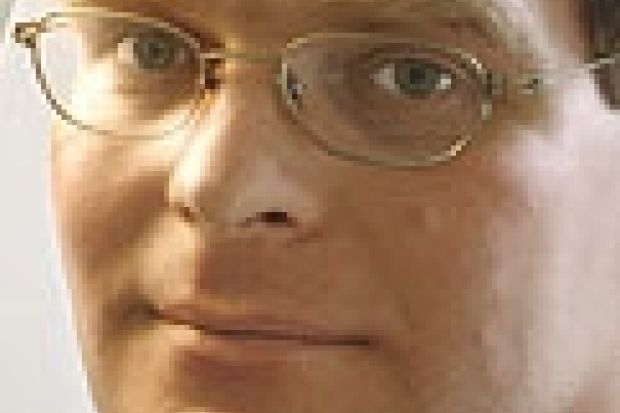The electronic scroll display behind the reception desk at the Sanger Institute near Cambridge still flashes up 60 million DNA bases a day. But with the map of the human genome all but complete, the centre has had to think hard about its future.
The Sanger Institute was set up in 1992 to focus the UK sequencing effort. When the first draft of the human genome was announced, the Wellcome Trust brought current director, British-born Allan Bradley, back from America to take over from Sir John Sulston.
Descriptions of Sir John often focused on his determination to keep the genome out of commercial hands. Dr Bradley is a keen advocate of patenting and exploiting intellectual property.
Last month, Wellcome unveiled a £300 million five-year strategy for the centre, with a research programme to understand how genes control the human body and their role in disease. The centre will include a £36 million cancer genome study and projects sequencing mouse and zebrafish genomes.
During his 14 years at Baylor College of Medicine, in Houston, Dr Bradley saw the college multiply its income through exploiting intellectual property.
He said: "Just as we recognise we have to publish papers, we recognise that our intellectual property is potentially quite valuable to our institutions. It's an expensive process. If you do recover the value, you want to go ahead and move it into outlicensing for royalties or into a start-up."
He agreed that not everything should be patented: "We shouldn't be patenting genomic sequence - we haven't added any value or utility. But if you found a mutation that causes a disease, then that has diagnostic utility and also utility for the development of drugs."
Patenting would not hold back research but rather promote it, he said. "With a patent you have an obligation to publicly disclose what you've done."
This view fits with the Sanger Institute's philosophy of making information freely available on the internet. Companies have to pay to exploit the data commercially, "but it doesn't prevent you from putting it out for every other researcher on the planet".
Dr Bradley was headhunted by Baylor in 1987. He was and working on the fledgling science of mouse stem cells in Martin Evans's laboratory in Cambridge where he had done his PhD and postdoc. "Margaret Thatcher had given early retirement to a lot of academics," he said. "I could see no positions on the horizon for the next ten years." So he left for the United States.
He said that leaving America now was difficult, especially for his wife and children. But he said: "It's an opportunity to do something big, make an impact and potentially to bring people back from the US to the UK."
Dr Bradley is looking to recruit up to 30 new researchers to bring their own ideas and to lead projects. The field of genomics is small, but Dr Bradley is not worried about recruiting. "I've had a lot of emails from quite senior people expressing an interest."
Dr Bradley said that conditions in British research had improved since he left, with salaries at a level "where you can actually live".
But he added: "The British government doesn't put anywhere near enough money into science. That's the bottom line."
Register to continue
Why register?
- Registration is free and only takes a moment
- Once registered, you can read 3 articles a month
- Sign up for our newsletter
Subscribe
Or subscribe for unlimited access to:
- Unlimited access to news, views, insights & reviews
- Digital editions
- Digital access to THE’s university and college rankings analysis
Already registered or a current subscriber?
